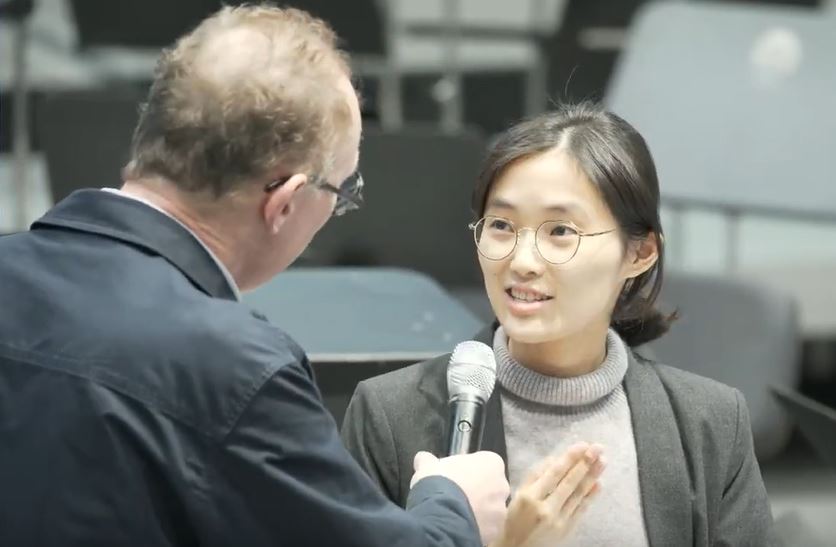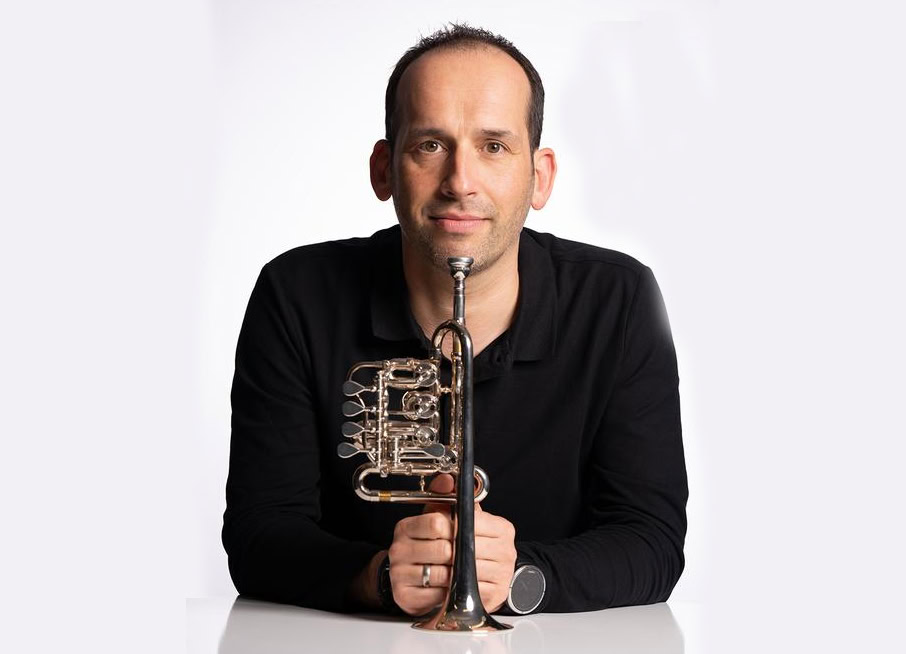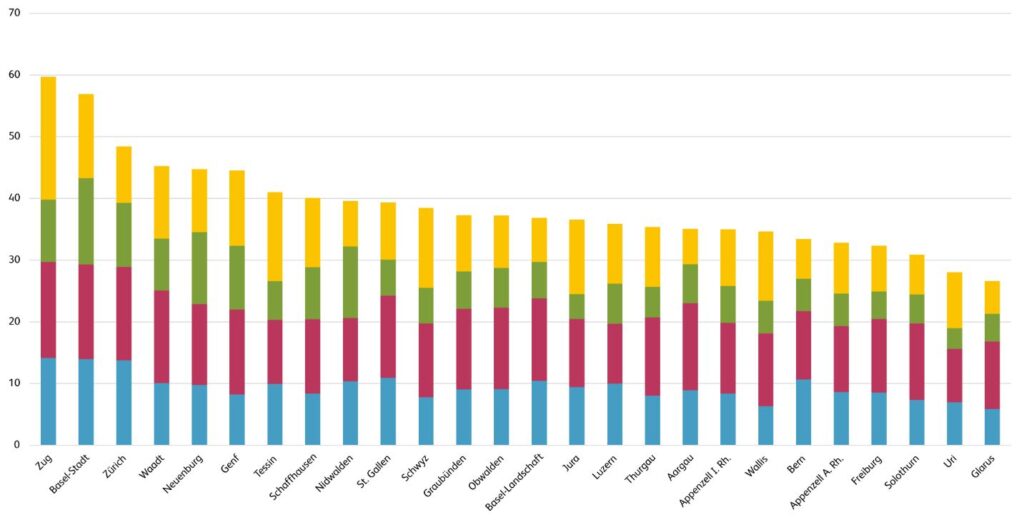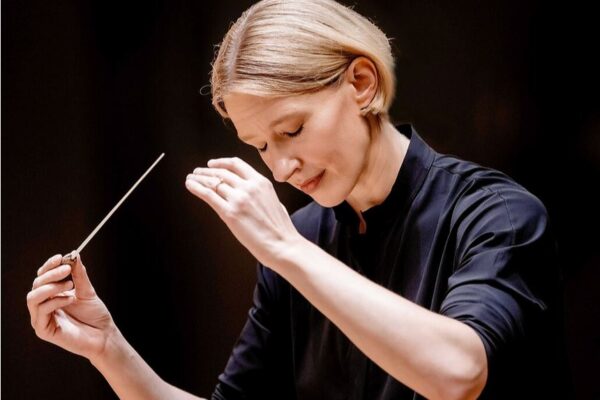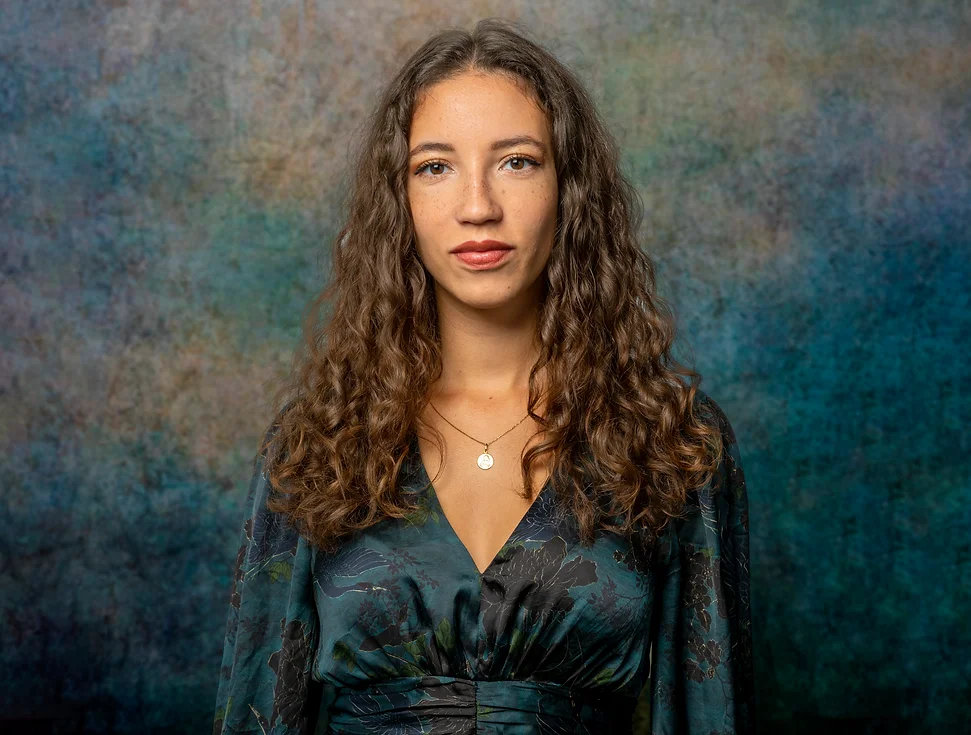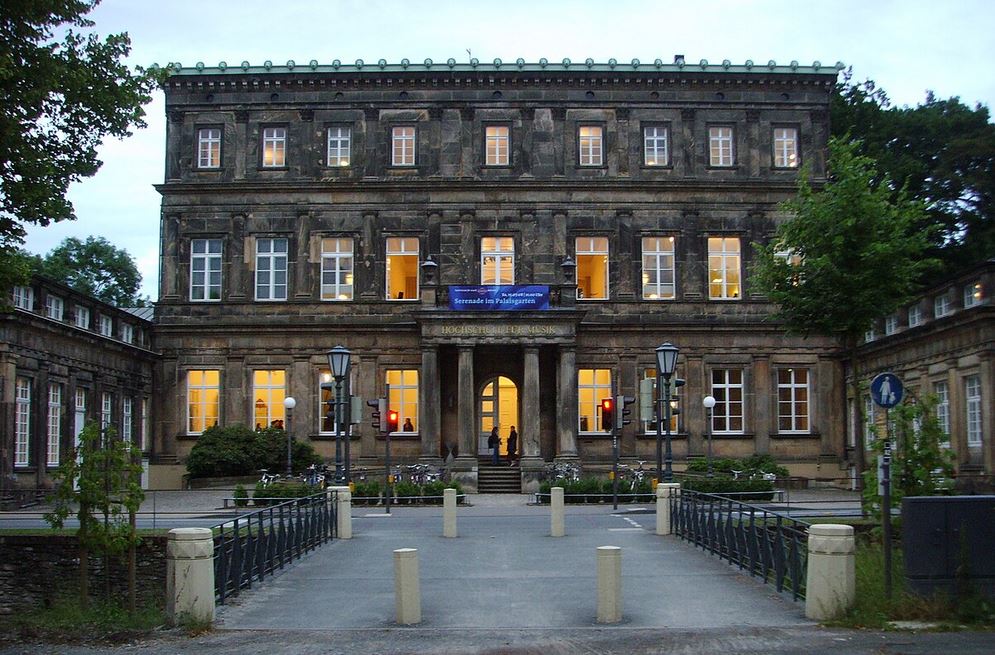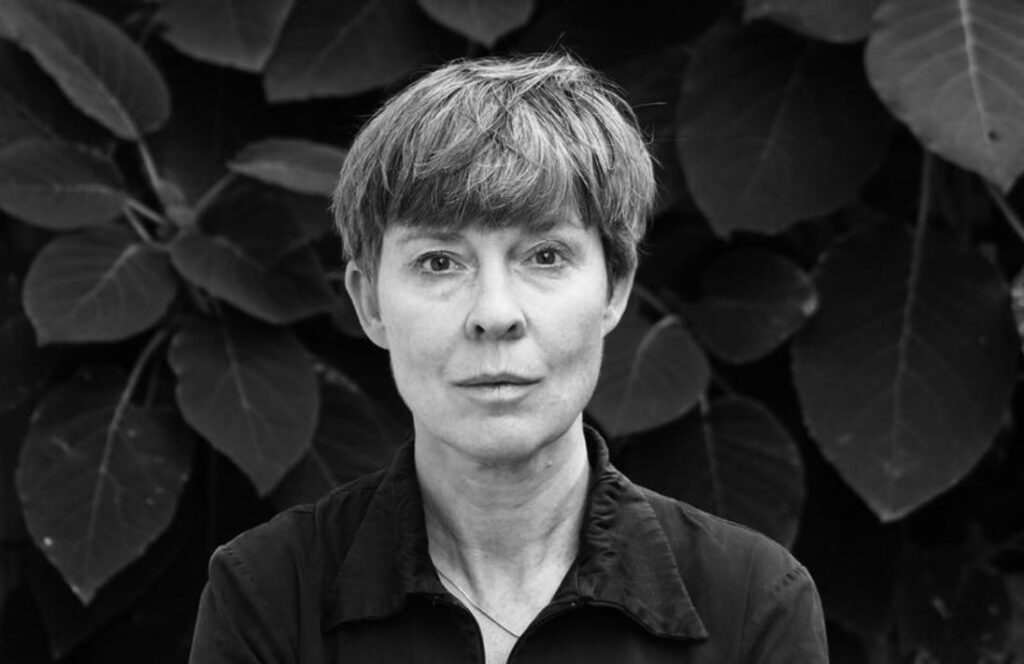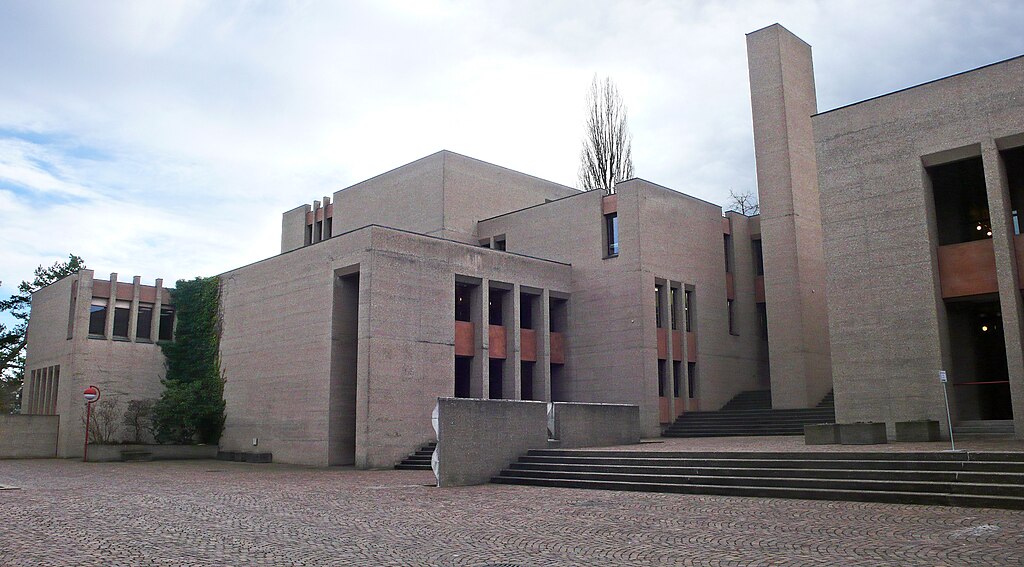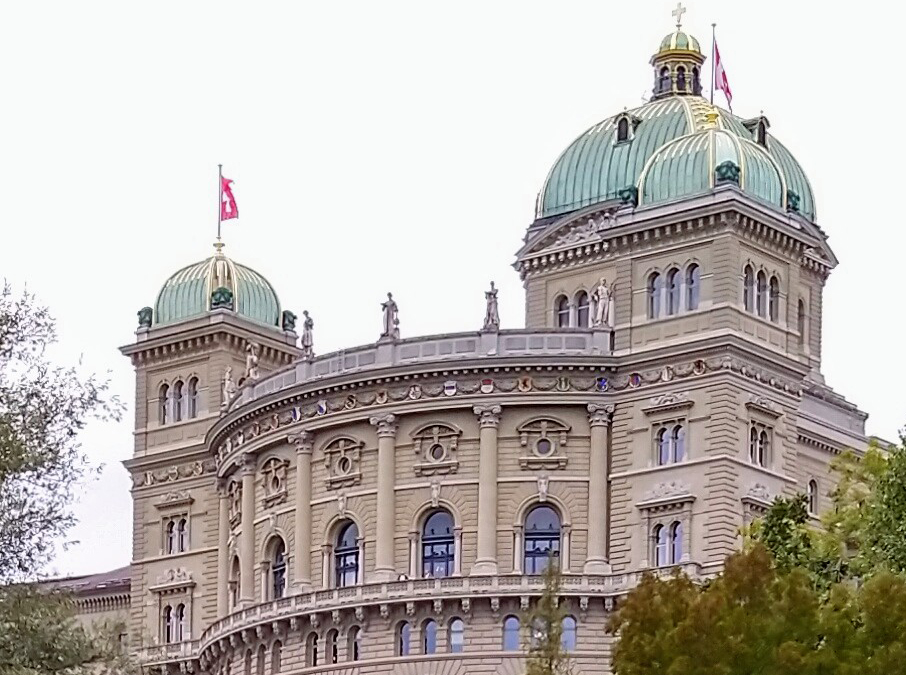Pardini new Head of Culture and Sport for the City of Lucerne
Gianluca Pardini succeeds Letizia Ineichen as Head of the Culture and Sport Department in the City of Lucerne. He will take up the post in mid-March 2025.
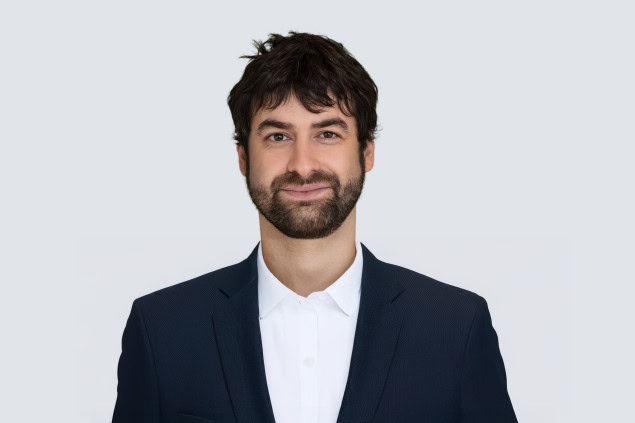
Pardini holds a Master's degree in business history, economics and political science and has been completing an MAS in Nonprofit Management & Law since 2023. He was a member of the management board of IG Kultur Luzern for several years. He currently works as Head of Cultural Policy at the Swiss Association of Cities and in this role is Managing Director of the Culture Cities Conference.
Judith Christen and Verena Randall will continue to co-head the Culture and Sport Department ad interim until Gianluca Pardini takes up his position in mid-March 2025. Letizia Ineichen left the department at the end of December 2024 to take up a new position at the University of Teacher Education Graubünden.






